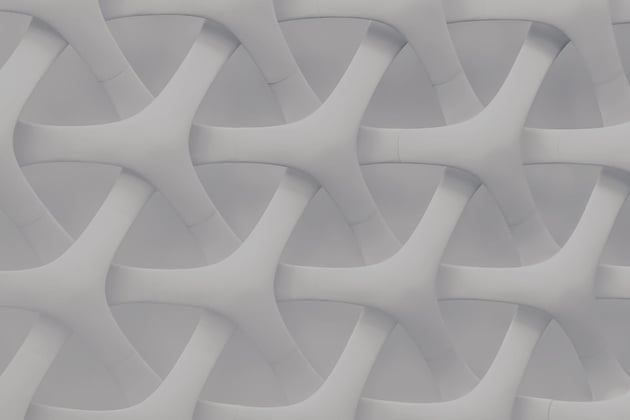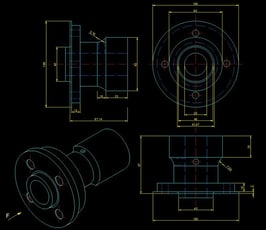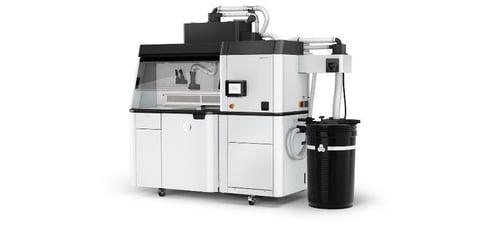3D printing
Leggi di più
5 professional software for 3D prototyping
With Niuo and online 3D prototyping you can transform your ideas from digital to physical in an...

The spread of Multi Jet Fusion 3D printing is growing at a significant rate and this triggers the curiosity of 3D printing users about the elements of the production process. A curiosity about all concerns the differences between PA11 and PA12. Although they are very similar polymers, they are actually different materials that produce very different results.
Nylon is a particular family of synthetic polyamides. The first to synthesize polyamides was Wallace Carothers: the nylon 6,6 synthesis process was patented in 1937 and commercialized in 1938.
Why is it called nylon? The answer is very simple: it would seem that the letters "nyl" were chosen at random and the suffix "on" was adopted because it is already present in other names of fibers (cotton, rayon).
The first field of use of nylon was that of women's stockings (tights). It was then also used for swimwear, sportswear, bags, umbrellas and linings, furniture and flooring.
Subsequently, the automotive industry also adopted this polyamide for its frictional properties. Today it is the most used material for traditional and 3D thermoplastic production.
Polyamide 12 or nylon 12 (PA12) is an effective electrical insulator and has properties of less sensitivity to moisture than other polyamides.
Nylon 12 can be synthesized starting from lauryl-lactam (by ring opening) or from ε-aminodecanoic acid. It is therefore a fine synthetic powder made from petroleum materials.
Although with an environmental impact that should not be underestimated, PA12 resists drastic drops in temperature: rigid, strong and resistant, it has shown great long-term quality.
PA12 is characterized by a good level of resilience and resistance to many chemicals, and is extensively modified with plasticizers and reinforcements.
Compared to PA6 and PA66, PA12 materials have a lower melting point, a lower density and a significantly lower moisture recovery.
Before processing, it is necessary to reduce the moisture content to below 0.1%. PA12 is a linear semi-crystalline-crystalline thermoplastic material derived from butadiene. The properties of PA12 and PA11 are similar, but PA12 has a different crystal structure. The water content, temperature and residence time determine its viscosity.
The nylon 12 used by the Multi Jet Fusion technology is very fine-grained: this allows to obtain parts with higher density and lower porosity than those produced with laser sintering. Thanks to this feature, the PA12 is the ideal choice if you want to obtain a more detailed resolution of thinner surfaces or walls than those obtained with laser sintering.
In conclusion, among the main advantages of PA12 printed in HP 5210 MJF, we have: -Ideale per installazioni all’aperto e a basse temperature;
- Very low moisture absorption;
- Excellent surface preparation for Post-processing treatments;
- Possibility of creating prototypes or functional parts that are articulated or chained;
- Dimensional tolerance from ± 0.30 mm.

With Niuo and online 3D prototyping you can transform your ideas from digital to physical in an...
